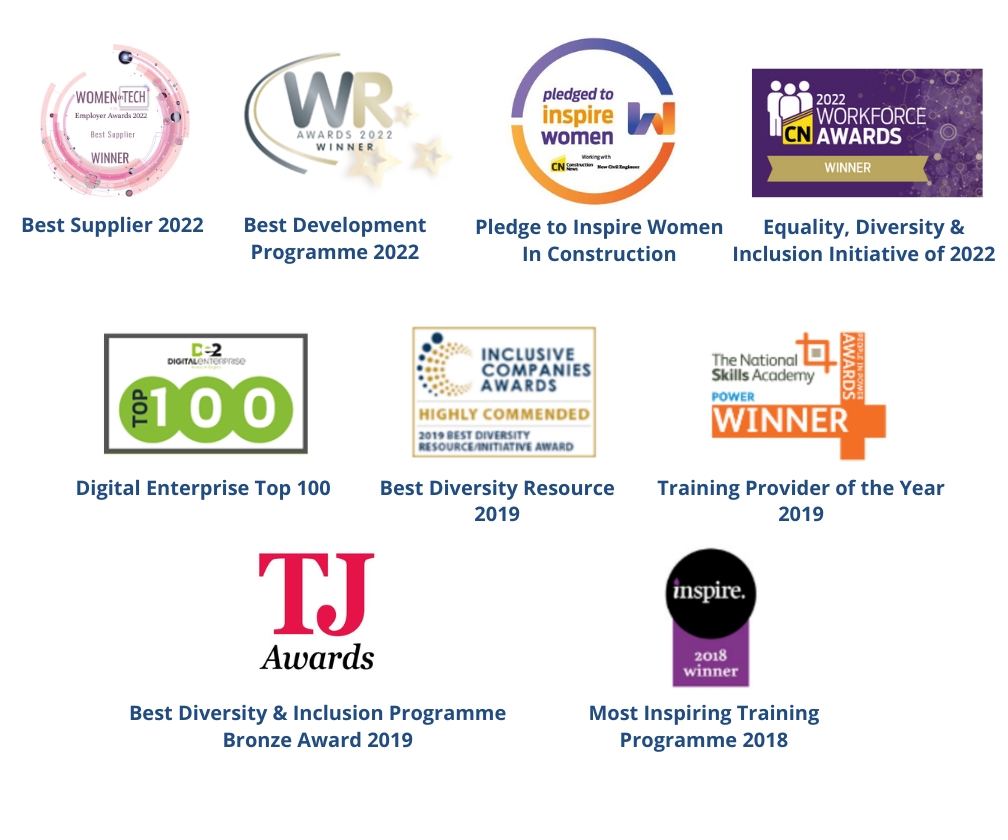There are some sectors that have historically high numbers of female workers, 79% of jobs in the health and social work sector are held by women as are 70% of jobs in education. On the other hand only 14% of construction jobs are held by women and 25% in the manufacturing sector.
Although some sectors will never gain a 50-50 split the UK government has set targets for FTSE companies to increase the number of women on their boards by 2020. Also recent research indicates that more diversity in the workplace has a positive impact on profits, which means companies are looking to find strategies to attract a more diverse workforce.
Many companies will set diversity targets on the intake of female graduates and apprentices but what if you haven’t got the females applying in the first place to your graduate programme? What if you are trying to attract women to more senior and leadership roles?
This is where the gender bias decoder comes into play.
A research paper by Danielle Gaucher, Justin Friesen, and Aaron C highlighted that using gender coded words in a job advert could influence how appealing the job was to the potential applicant.
Words can be ‘coded’ either feminine eg. Understanding, polite and compassionate or masculine eg. Decisive, head-strong and impulsive. Using any of the coded words in your job advert or job spec could subconsciously determine who may apply for the role. However it doesn’t mean to say that a female cannot be decisive or head-strong likewise a man can still be polite and understanding. The words get their coding from how society unconsciously associates the words with either gender.
Organisations may not be aware of how this bias is affecting potential workforce diversity. It’s against the law to consciously employ one person over the other based on their gender but if applicants to a role are nearly all from one gender due to the bias of ‘coded’ words used in the job spec advertised it may be having an influence on who you hire.
So if you are a business looking to improve your gender diversity, decoding your future job specs could be a simple process that may open up the responses you receive to your next roles advertised.
You can find a free to use decoder here: http://gender-decoder.katmatfield.com/

Here at Skills 4 we are one of the UK’s leading providers of gender diversity initiatives, training and coaching programmes. We support clients across the globe including Atkins, BAE Systems, Balfour Beatty and Kier who are looking to achieve gender diversity and equality objectives through tailored coaching and programmes that return measurable and instant results.
With courses ranging from one day workshops to three month programmes, we offer a great selection of courses for those looking to develop and utilise the skills of their business and workforce.
Sources:
Women and the Economy – Parliament.uk
Evidence That Gendered Wording in Job Advertisements Exists and Sustains Gender Inequality (Journal of Personality and Social Psychology, July 2011, Vol 101(1), p109-28).- Danielle Gaucher, Justin Friesen, and Aaron C. Kay
Photo by Glenn Carstens-Peters on Unsplash
